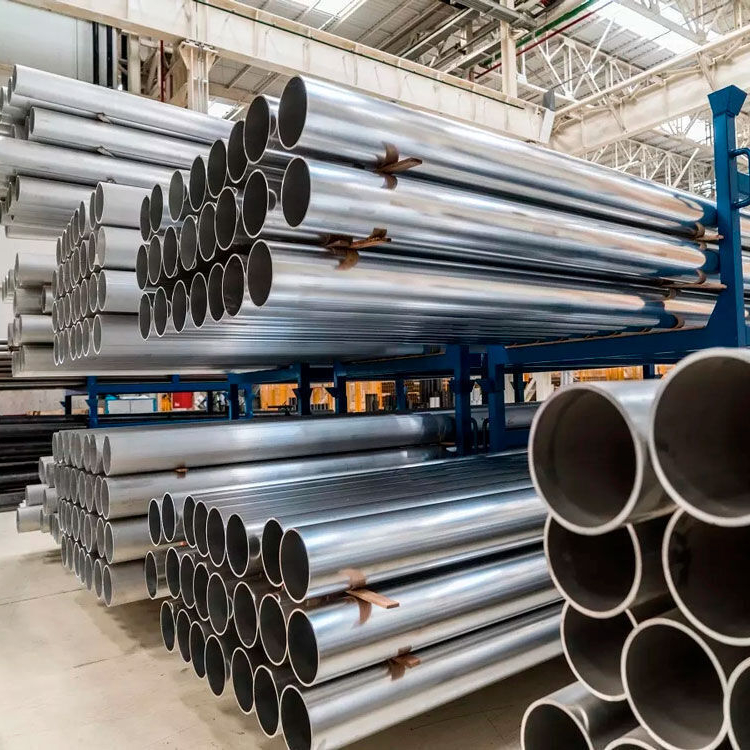

Stainless steel maintains its importance at all times as an alloy developed as a result of the corrosion of iron over time and the deformation of wood. Stainless steel, which has many different types, is used in different fields. It has a wide range of uses from kitchen utensils to surgical blades, from water tanks to petrochemical products.
Measures have been taken since ancient times to prevent corrosion of iron, and efforts have been made to produce new alloys. In the 4th century, an iron-phosphorus mixture was used in the 7-meter-high iron column built by the Gupta King Kumuragupta I in Delhi, India. In the 19th century, studies in metallurgy accelerated and low chromium, high carbon alloys were started to be tested. The first representative of this was the French metallurgist Pierre Berthier, who used iron-chromium alloy in 1821.
Stainless steel maintains its importance at all times as an alloy developed as a result of the corrosion of iron over time and the deformation of wood. Stainless steel, which has many different types, is used in different fields. It has a wide range of uses from kitchen utensils to surgical blades, from water tanks to petrochemical products.
Measures have been taken since ancient times to prevent corrosion of iron, and efforts have been made to produce new alloys. In the 4th century, an iron-phosphorus mixture was used in the 7-meter-high iron column built by the Gupta King Kumuragupta I in Delhi, India. In the 19th century, studies in metallurgy accelerated and low chromium, high carbon alloys were started to be tested. The first representative of this was the French metallurgist Pierre Berthier, who used iron-chromium alloy in 1821.
From the past to the present, iron has been used in many areas, especially in the construction sector. Since iron has low corrosion resistance, the search for alloys with high corrosion resistance began. In the 17th century, steel began to be produced from a mixture of iron and carbon using effective methods. Steel alloy is produced by adding carbon to iron at rates ranging from 0.2-2.1%.
Since steel, which has harder and stronger properties against iron, also corrodes over time, the search for producing steel that does not rust and is resistant to corrosion has started. By adding a certain amount of chromium to steel in metallurgy, the answer to the question of what is stainless steel has emerged. The new alloy produced by adding a minimum of 10.5-11% chromium to steel is called stainless steel.
The chromium in the steel forms a thin film layer called chromium-oxide when the steel comes into contact with oxygen. Thus, ordinary steel materials gain real stainless steel properties.
Chromium is not the only element added to increase the strength of steel. Many different elements added to steel increase or decrease its corrosion resistance. The steel-chromium-nickel alloy makes it more resistant to corrosion. When molybdenum is added to this mixture, its stainless properties are maximized. When elements such as sulfur or carbon are added to the steel-carbon composition and their ratios are increased, the corrosion resistance of stainless steel is reduced.
You can contact us for more information about Stainless Steel.